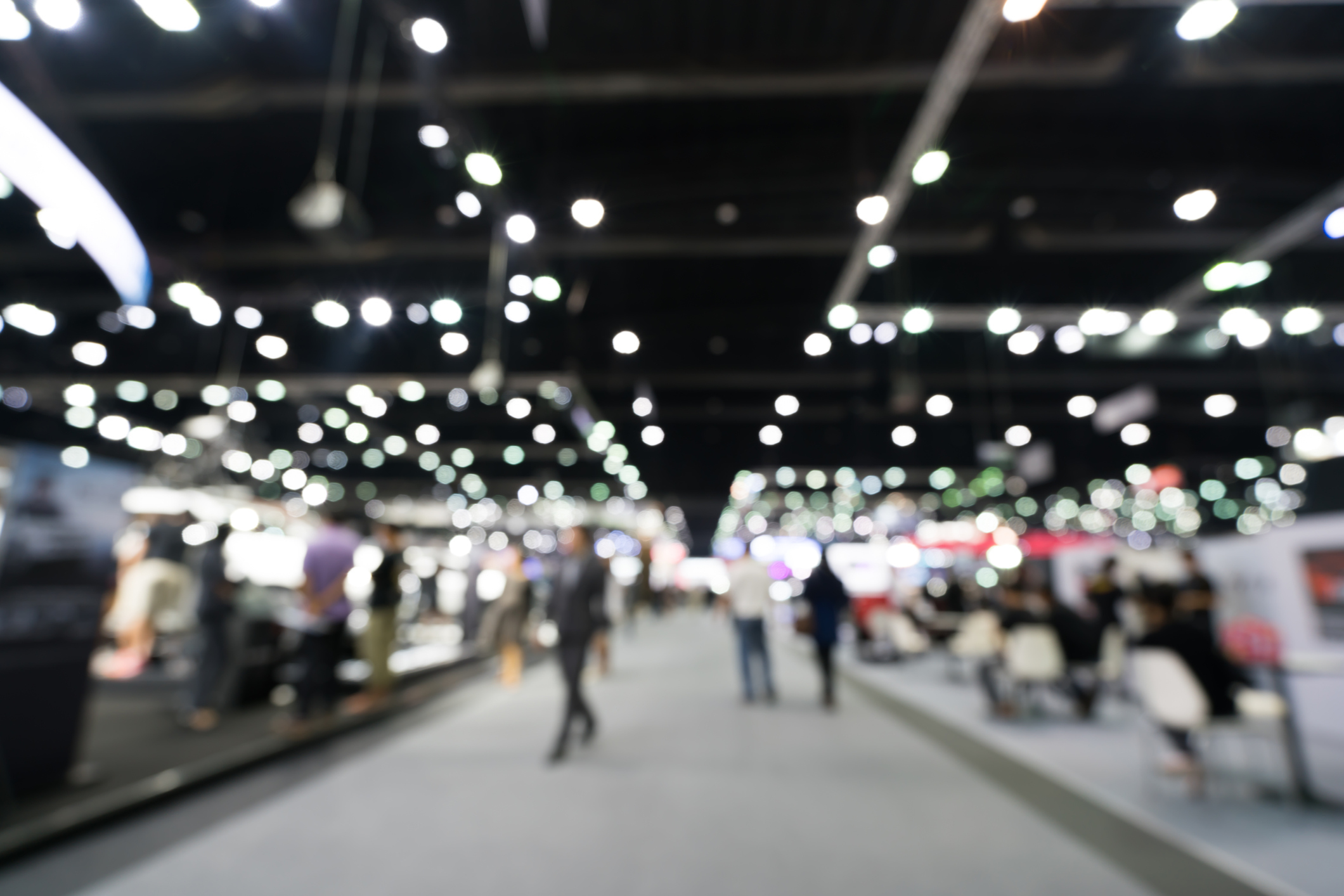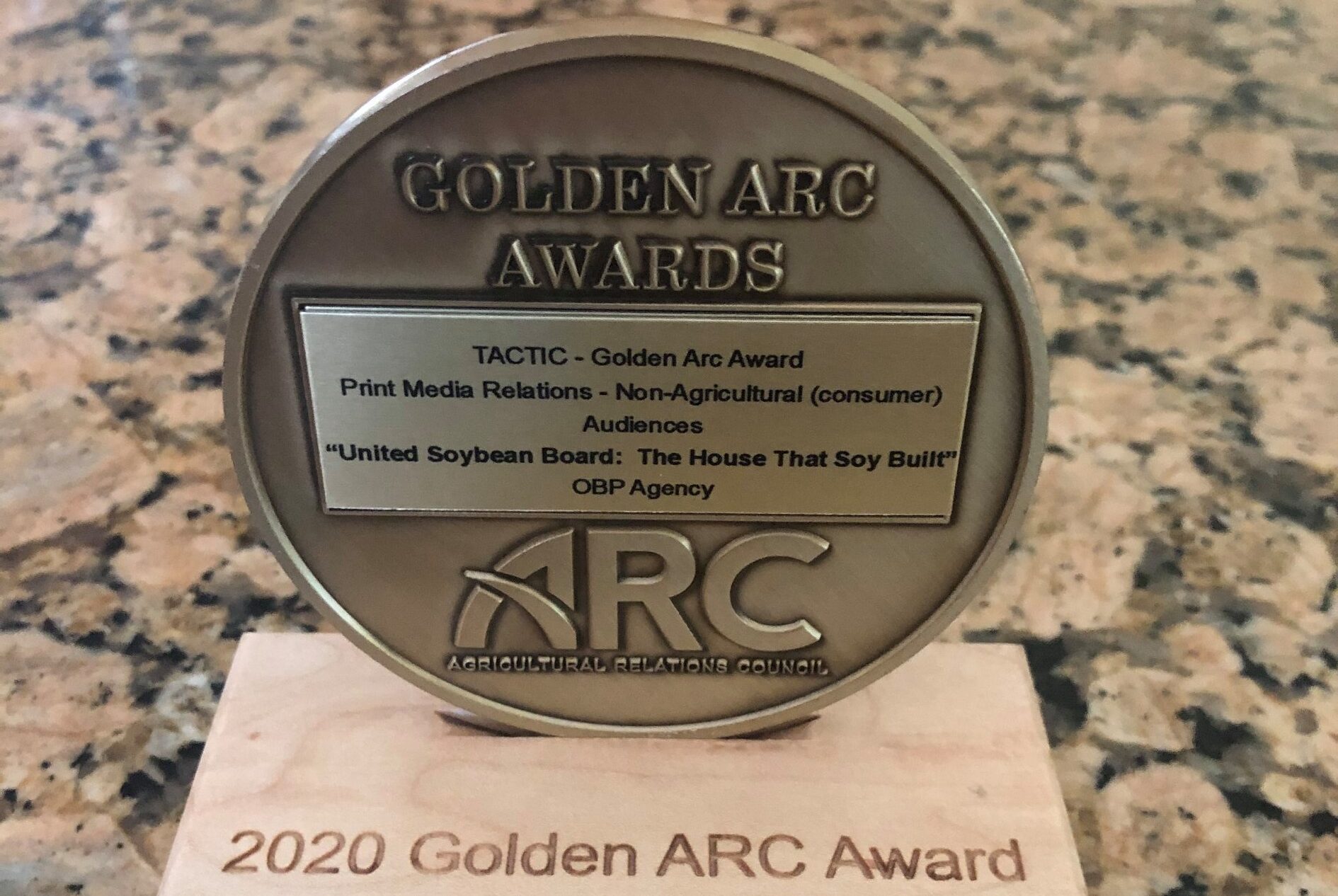
The Future of Experiential
OBP produces events and experiences for some of the biggest brands in our industry. Our experiential team has won numerous awards, including being named to Event Marketer’s 2018 It List. But COVID-19 has forced us to accelerate steps we were already taking, such as bringing our digital experience team together with the traditional experiential group to create activations that work across channels.
Below are some key findings OBP has identified to help our clients get ahead of trends.
1. Make it about the customer, not about you
Most companies appear at trade shows for two reasons: 1) they always have and 2) their competition is there. Given the investment these shows require, that’s not enough. Like any other marketing initiative, you need to define your audience, your objective and how the event fits in your overall communications plan.
To evolve effectively, you need to consider why people attend your events in the first place and what you want to accomplish by being there. These answers inform a brief that you and your agency can use to design an experience that meets your objectives.
2. Extend both online and offline experiences
Event activations and online experiences almost always share similar objectives: to introduce new and prospective customers to your brand and deepen relationships with current customers. So why do we invest heavily in event experiences without a commensurate investment in our online experiences? When attendees go directly to the website of an exhibitor during an event — and they will — it needs to feel like an extension of the brand they just experienced.
The easiest way to fix this? Have digital/UX teams and experiential teams work together on projects from the start. At OBP, close collaboration between experience-planning disciplines means events now equate to online and offline as well as before, during and after activations.
3. Major impact of micro experiences
Shows will come back, but it’s possible not everyone will come back to shows. As small gatherings become more feasible moving forward, consider bringing the experience to your relevant audiences. Set up the opportunity for curious customers to test new products more fully in-store or in places where they might be.
Car dealers have been doing this for years, Range Rover built “off-road” tracks around their showroom so consumers could test the extremes of the vehicle features. What can you do in stores or on location that demonstrates your product’s advantage over others?
4. Context matters
Mimicking the physical show experience and building online booths is a good start, but a short-term trend. Much like we don’t want to see aisles of products on e-commerce sites, we have to update the shopping experience to reflect how people interact online. You need to examine what you and the attendees value in the in-person experience and break that down into components that can be delivered in the right context.
This works the other way as well. For years, brands have forced technology into their booths in gimmicky fashions. VR goggles, iPads and beacons sit unused because people attend the shows to interact with other people. Don’t make the same mistakes online.
Instead of trying to recreate an offline experience online, make the right experience for the medium.
5. Co-brand to expand your impact
One of the main benefits of shows is similar companies coming together to make attendance worthwhile. The same can be true in micro or virtual events. Potential cross-selling partners can pool resources to improve production quality, secure high-profile public speakers and draw more attendance.
6. Use all your channels
You should already be extending the event experience across owned digital channels for promotional purposes. In addition, bring elements of the actual experience across those channels — not just the promotional aspect. Just as your website should reflect the experience, your social and other owned channels should bring the experience to life in a way that makes sense. Give important information to them where they are instead of limiting access to one area.
7. Maximize the impact with your data
Brands use in-person events to gather information about the attendees and follow up with sales material. Add prospects who have shared information to your nurture list to continue to deliver information. If you drive them to the site, you can use retargeting campaigns to expand your marketing message. The in-person conversation is just the beginning. Make sure you bring in your marketing automation team to maximize the follow-up efforts.
8. Analyze and optimize
Too often, event teams are so focused on the next event that they don’t stop to take in lessons they could learn from. Pulling a term from agile development, consider using retrospectives to quickly gain insights.
Some advantages of a retrospective over just a report or a metrics meeting include:
- A reminder of positive things that have happened in the process.
- Focused improvement goals for the process and for the next event.
- Better teamwork by collaborating in the retrospective.
- A heightened sense of ownership of their work and process.
- Increased work satisfaction.
- Improved quality and, eventually, capacity/productivity.
- Better awareness of the needs of individuals and the team as a whole.
9. Prototype and iterate
In digital projects, we talk a lot about MVPs, or minimally viable products. Bringing this mindset into experiential planning can help us try new things without overcommitting. This is a year of forced testing. None of us know exactly what is going to work and what is not, so the best thing we can do is try multiple things in smaller ways to see what works and continue to build on them.
Bottom line: the key to a successful experience is digital and on-site activation teams working together from the beginning and complementing one another all the way through the project.
Our team had the opportunity to sponsor a webinar for the National Agri-Marketing Association (NAMA) and share how we’ve been taking the lead with client events since in-person events moved to virtual in 2020. Check out The Future of Experiential webinar to learn firsthand from OBP about the keys to successful experiential marketing planning and the future of experiential, including virtual event case studies.
